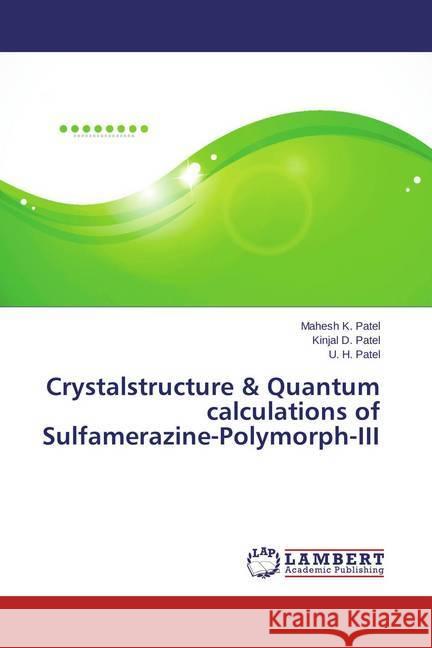Crystalstructure & Quantum calculations of Sulfamerazine-Polymorph-III » książka
Crystalstructure & Quantum calculations of Sulfamerazine-Polymorph-III
ISBN-13: 9783659622359 / Angielski / Miękka / 2014 / 136 str.
Crystals have long been admired for their regularity and symmetry, but they were not investigated scientifically until the 17th century by Johannes Kepler. X-rays range in wavelength from 10 to 0.01 nanometers; a typical wavelength used for crystallography is 1 Å, which is on the scale of covalent chemical bonds and the radius of a single atom. Therefore, X-rays are the "sweet spot" for wavelength when determining atomic-resolution structures from the scattering of electromagnetic radiation. The most precise method of X-ray crystallography is single-crystal X-ray diffraction, in which a beam of X-rays strikes a single crystal, producing scattered beams. When they land on a piece of film or other detector, these beams make a diffraction pattern of spots; the strengths and angles of these beams are recorded as the crystal is gradually rotated. X-ray diffraction data can determine the mean chemical bond lengths and angles to within a few thousandths of an Angstrom and to within a few tenths of a degree, respectively.Data are combined computationally with complementary chemical information to produce and refine a model of the arrangement of atoms within the crystal.











